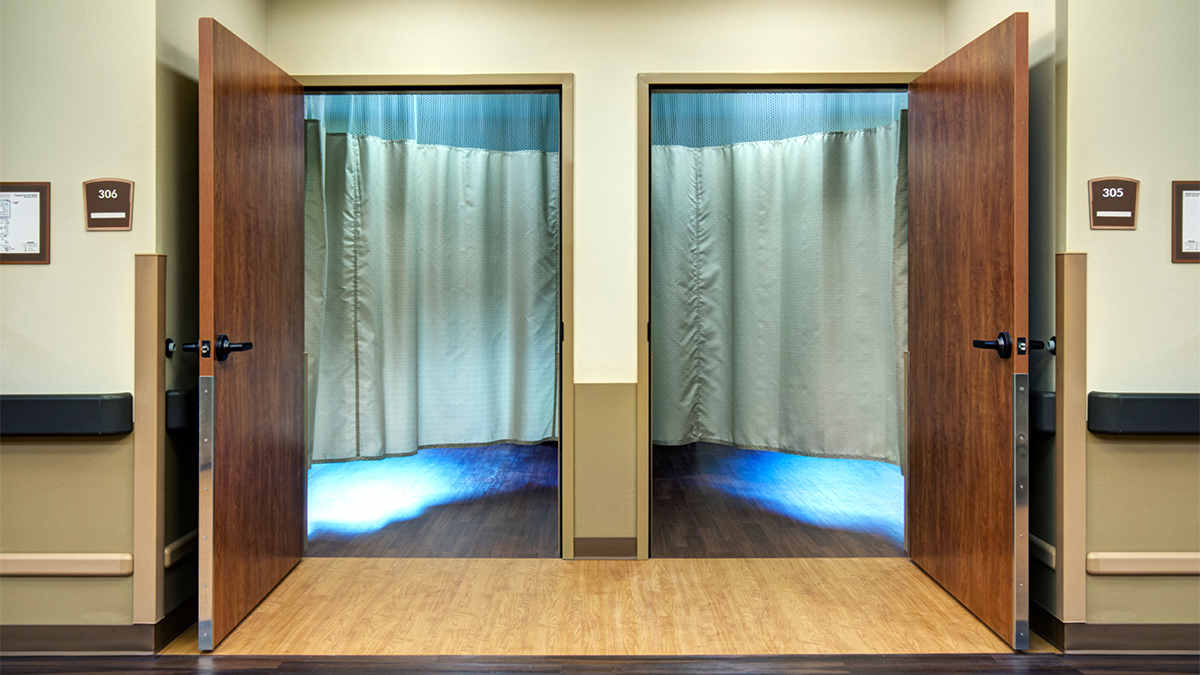
@ShahidNShah


During the chaos created by the Covid-19 pandemic, manufacturers across industries have been forced to adjust to rapid changes in demand for goods ranging from toilet paper to nasal swabs. Their response is an extreme example of episodic demand spikes, which occur seasonally in many industries. Consider florists before Valentine’s Day or candy shops before Halloween. Suppliers generally prepare for these situations by increasing production, price, or both.
America’s health care providers can take lessons from these industries and build flex capacity outside of their rigid, brick-and-mortar care models to better manage episodic demand and meet public health challenges like those posed by the current pandemic. In this article, we describe how health systems can do that by embracing innovations such as telemedicine, walk-in clinics, and home-based care.
Continue reading at hbr.org
Wayne Memorial and Ballad Health are using financial aid to help alleviate medical bills for their rural populations and reduce bad debt. Outside financial aid might not be the best long-term solution …
Connecting innovation decision makers to authoritative information, institutions, people and insights.
Medigy accurately delivers healthcare and technology information, news and insight from around the world.
Medigy surfaces the world's best crowdsourced health tech offerings with social interactions and peer reviews.
© 2025 Netspective Foundation, Inc. All Rights Reserved.
Built on Apr 30, 2025 at 4:13am